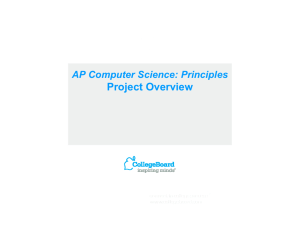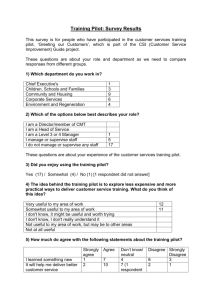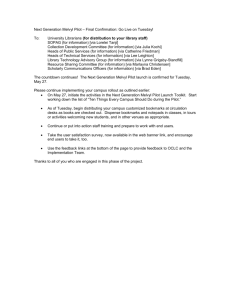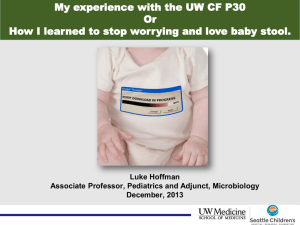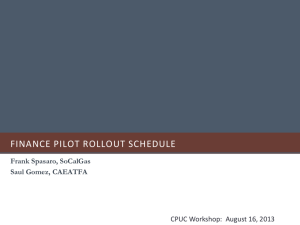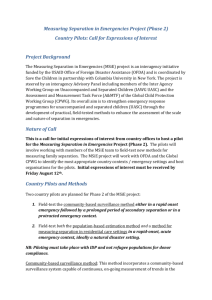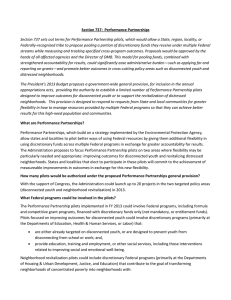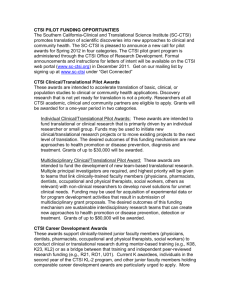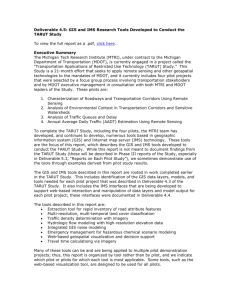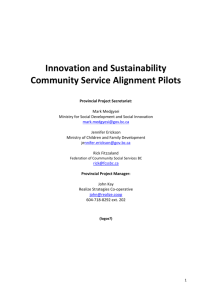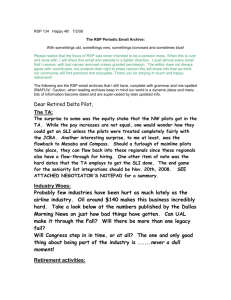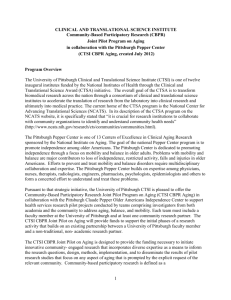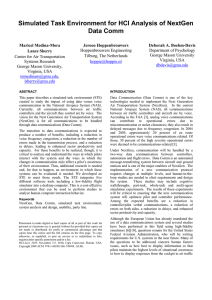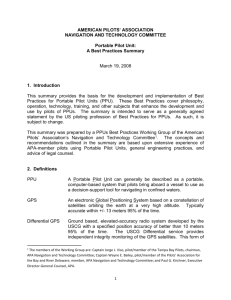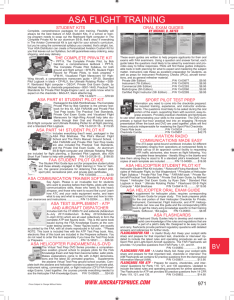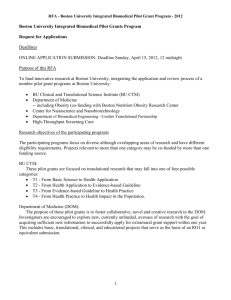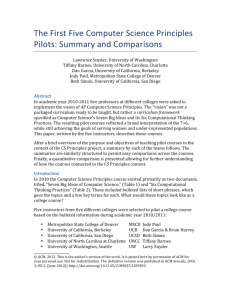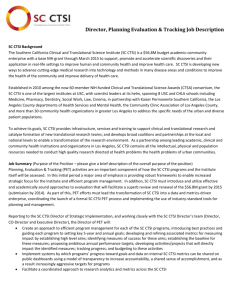InterAC Forum Interaction and Acceleration of Research MINUTES
advertisement
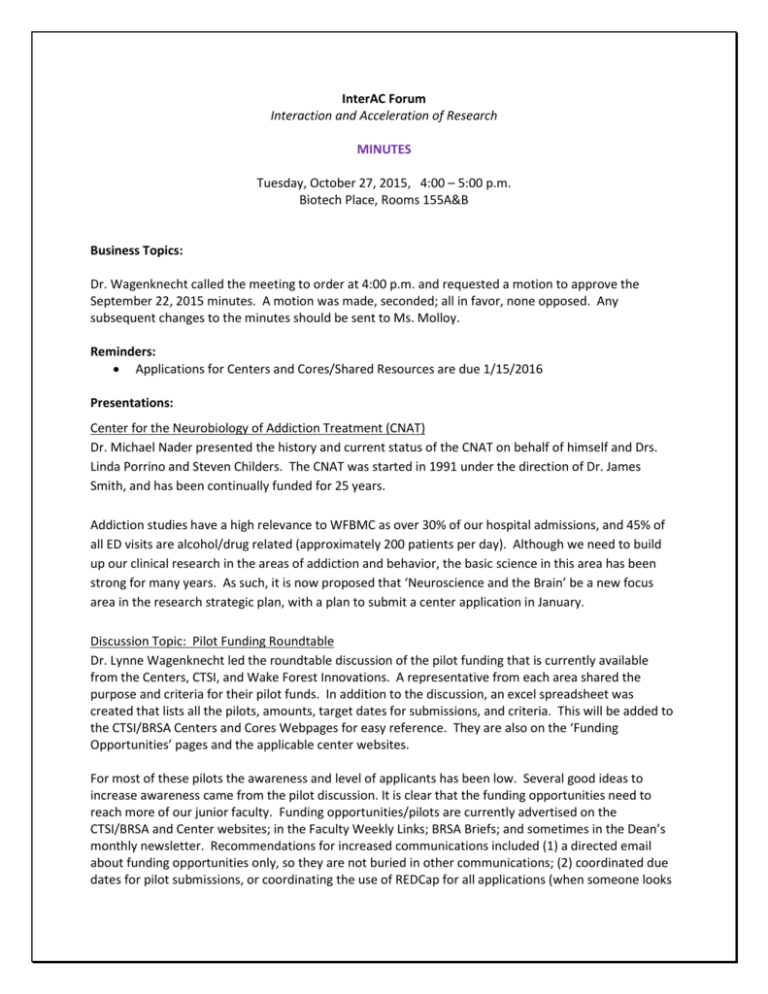
InterAC Forum Interaction and Acceleration of Research MINUTES Tuesday, October 27, 2015, 4:00 – 5:00 p.m. Biotech Place, Rooms 155A&B Business Topics: Dr. Wagenknecht called the meeting to order at 4:00 p.m. and requested a motion to approve the September 22, 2015 minutes. A motion was made, seconded; all in favor, none opposed. Any subsequent changes to the minutes should be sent to Ms. Molloy. Reminders: Applications for Centers and Cores/Shared Resources are due 1/15/2016 Presentations: Center for the Neurobiology of Addiction Treatment (CNAT) Dr. Michael Nader presented the history and current status of the CNAT on behalf of himself and Drs. Linda Porrino and Steven Childers. The CNAT was started in 1991 under the direction of Dr. James Smith, and has been continually funded for 25 years. Addiction studies have a high relevance to WFBMC as over 30% of our hospital admissions, and 45% of all ED visits are alcohol/drug related (approximately 200 patients per day). Although we need to build up our clinical research in the areas of addiction and behavior, the basic science in this area has been strong for many years. As such, it is now proposed that ‘Neuroscience and the Brain’ be a new focus area in the research strategic plan, with a plan to submit a center application in January. Discussion Topic: Pilot Funding Roundtable Dr. Lynne Wagenknecht led the roundtable discussion of the pilot funding that is currently available from the Centers, CTSI, and Wake Forest Innovations. A representative from each area shared the purpose and criteria for their pilot funds. In addition to the discussion, an excel spreadsheet was created that lists all the pilots, amounts, target dates for submissions, and criteria. This will be added to the CTSI/BRSA Centers and Cores Webpages for easy reference. They are also on the ‘Funding Opportunities’ pages and the applicable center websites. For most of these pilots the awareness and level of applicants has been low. Several good ideas to increase awareness came from the pilot discussion. It is clear that the funding opportunities need to reach more of our junior faculty. Funding opportunities/pilots are currently advertised on the CTSI/BRSA and Center websites; in the Faculty Weekly Links; BRSA Briefs; and sometimes in the Dean’s monthly newsletter. Recommendations for increased communications included (1) a directed email about funding opportunities only, so they are not buried in other communications; (2) coordinated due dates for pilot submissions, or coordinating the use of REDCap for all applications (when someone looks at one pilot, they would find information on all available at that time); (3) a pilot navigator that people could call to discuss finding opportunities that match their needs; or (4) an on-line Q&A process that would lead people to the options that fit their research ideas/needs. Dr. Tomlinson wrapped up the roundtable discussion by sharing more information on the funding mechanisms available through Wake Forest Innovations. There are four distinct areas of research collaborative support opportunities (1) Commercialization Pathway Awards, (2) Technology Development Programs, (3) CHA Health System collaborations, and (4) working with Industry Partnerships. The creation of the Technology Development Program is in partnership with leading life science investment firm Pappas Capital in Durham. It is a $15 million program to develop the ideas, discoveries and inventions of the faculty and staff of the Medical Center into life science technologies having the potential to benefit patients in the community and worldwide. . Contact the Wake Forest Innovations personnel (Your.WakeForestInnovations.com) if you are interested in any of these opportunities. Click here to view the entire InterAC Forum presentation and discussion slides from 10/27/15.



